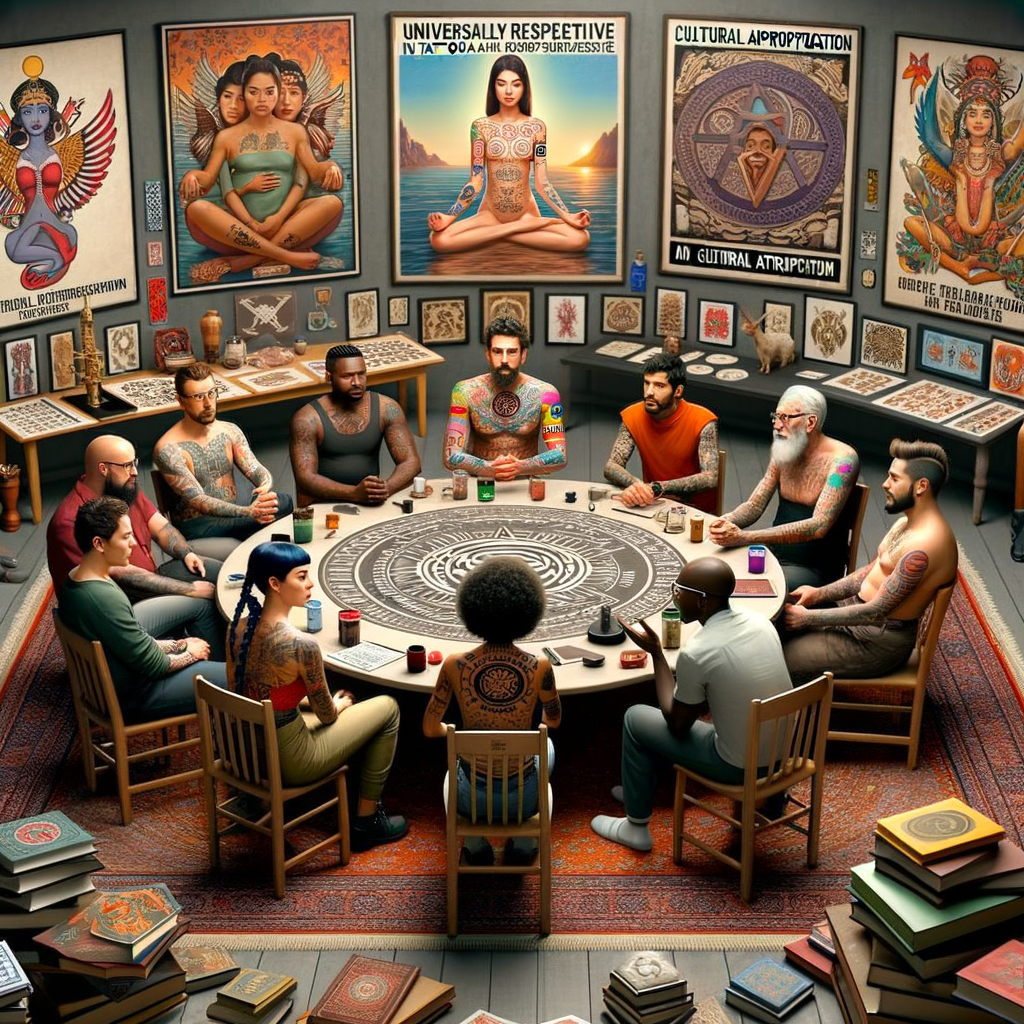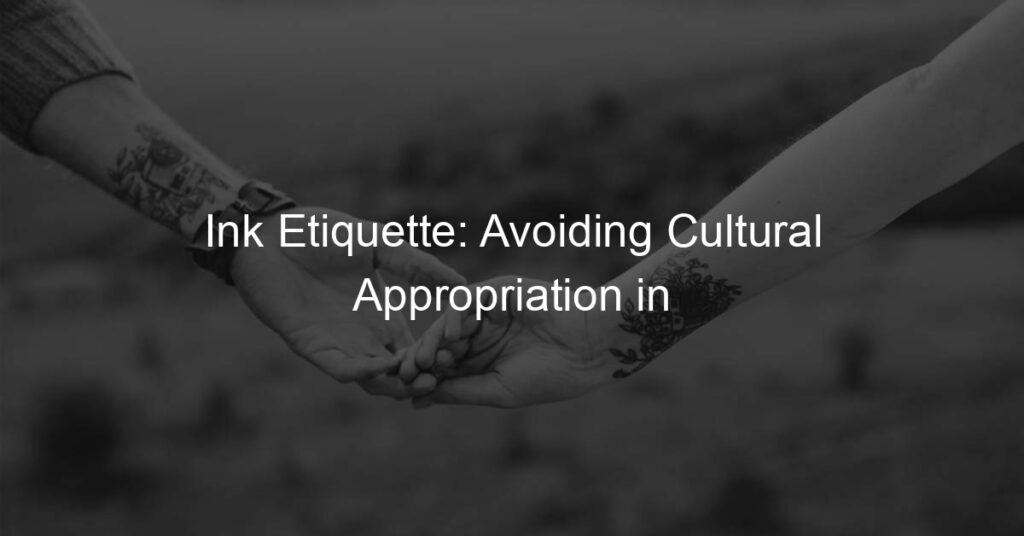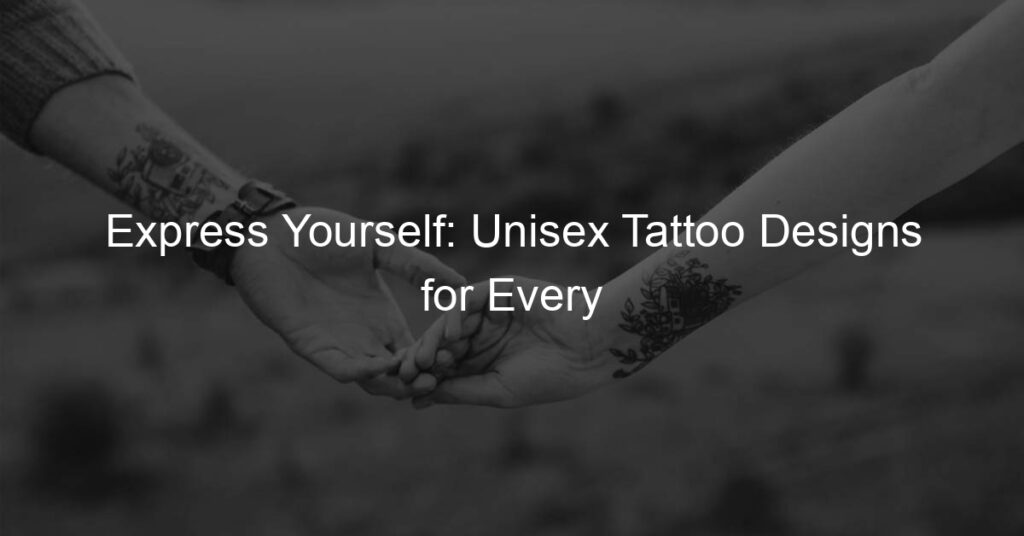
Introduction: Understanding Cultural Tattoos
As we journey through life, we encounter various forms of self-expression. One such form is the art of tattooing, specifically cultural tattoos. These are not just mere decorations on the skin, but they carry deep meanings and historical significance. In this article, we will delve into the world of cultural tattoos, understanding their definition and importance in different societies.
-
- Definition of Cultural Tattoos
Cultural tattoos are unique symbols or designs that are deeply rooted in a particular culture or society. They are more than just skin-deep illustrations; they are a form of identity, carrying stories, traditions, and beliefs of a community. For instance, the Maori people of New Zealand have a traditional form of tattooing known as ‘Ta Moko’, which is a reflection of a person’s ancestry and social status.
-
- Importance of Cultural Tattoos in Different Societies
Cultural tattoos play a significant role in various societies around the globe. They serve as a rite of passage, a mark of status, or a symbol of religious beliefs. For example, in the Polynesian culture, tattoos are considered a sign of beauty and courage. They are also used to depict a person’s life journey, achievements, and rank in society.
In the Native American culture, tattoos are seen as a spiritual practice, often used to seek protection, healing, or strength from the spiritual world. Similarly, in the Japanese culture, traditional tattoos, known as ‘Irezumi’, are often associated with the ‘Yakuza’ – the Japanese underworld, but they also carry spiritual and symbolic meanings.
It’s important to note that while these tattoos are deeply ingrained in these cultures, they should be respected and not appropriated. In the following sections, we will discuss cultural appropriation in tattoos, ethical tattooing, and how to respect cultural symbols in tattoos.
Cultural Appropriation in Tattoos: An Overview
In our diverse world, tattoos are a form of self-expression that can tell a story, represent a belief, or simply be a work of art. However, when these tattoos incorporate symbols or designs from cultures other than our own, it can lead to a complex issue known as cultural appropriation. Let’s delve into this topic to understand it better.
Definition of Cultural Appropriation
Cultural appropriation is a term that has been gaining attention in recent years. But what does it mean?
-
- Understanding the concept of cultural appropriation
Cultural appropriation, in simple terms, is when one culture adopts elements from another culture without permission. This can include symbols, clothing, language, and, in our case, tattoos. It’s important to note that this is often done by a dominant culture, and it can result in the original culture feeling disrespected or exploited.
-
- Examples of cultural appropriation in different fields
Cultural appropriation is not limited to tattoos. It can be seen in various fields such as fashion, music, and art. For instance, in the fashion industry, it’s not uncommon to see designs inspired by Native American, African, or Asian cultures being used without proper credit or understanding of their cultural significance. In music, elements of African American hip hop or Latin music are often used by artists from other cultures without acknowledging the origins of these styles.
Now that we have a basic understanding of cultural appropriation, we can further explore how it manifests in the world of tattoos. Stay tuned for the next section where we will discuss examples of cultural appropriation in tattoos and its impact on the original tattoo cultures.
Cultural Appropriation in the Tattoo Industry
When we talk about tattoos, it’s important to remember that they are more than just body art. For many cultures around the world, tattoos hold deep meanings and significance. However, there are instances where these cultural symbols are used without understanding or respect for their origins. This is known as cultural appropriation.
-
- Examples of cultural appropriation in tattoos
One of the most common examples of cultural appropriation in the tattoo industry is the use of Native American symbols and imagery. These symbols often have deep spiritual meanings and are sacred to the tribes they belong to. However, they are frequently used in mainstream tattoo art without understanding or respect for their cultural significance.
Another example is the use of Polynesian tribal tattoos. These tattoos are a form of identity for Polynesians, representing their genealogy and personal history. When these designs are used outside of their cultural context, it can be seen as disrespectful and appropriative.
-
- Impact of cultural appropriation on original tattoo cultures
Cultural appropriation in the tattoo industry can have a significant impact on the cultures from which these symbols originate. It can lead to the dilution and misrepresentation of cultural symbols, causing them to lose their original meaning and significance.
Furthermore, it can also lead to the commercialization of these symbols. This can result in the cultures they belong to being exploited for profit, without any benefit going back to the communities themselves.
It’s important to remember that tattoos are a form of expression and should be respected as such. If you’re considering getting a tattoo with cultural significance, make sure to do your research and understand the meaning behind it. Respect for other cultures is key in the tattoo industry, and it’s up to us to ensure that this respect is maintained.
Ethical Tattooing: Respecting Cultural Symbols in Tattoos
In the world of tattooing, it’s essential to respect cultural symbols. This not only shows appreciation for the culture but also prevents the misuse of important symbols. Let’s explore how to create respectful tattoo designs and learn from a tattoo artist who excels in this area.
Respectful Tattoo Designs
Designing a tattoo that respects cultural symbols requires a deep understanding of the culture and its symbols. It’s not just about creating a beautiful design, but also about ensuring the design doesn’t offend or misrepresent the culture.
-
- How to design tattoos that respect cultural symbols
Firstly, it’s crucial to research the culture and its symbols thoroughly. Understand their meanings, history, and significance. Secondly, consult with people from the culture, if possible, to ensure your design is respectful and accurate. Lastly, always credit the culture when you display or talk about your design. This shows respect and acknowledges the origin of the symbols.
-
- Case study: A tattoo artist who creates respectful designs
Let’s look at the example of a renowned tattoo artist, John Doe. John is known for his respectful designs of Native American symbols. He spends weeks researching each symbol, consulting with Native American communities, and refining his designs to ensure they are accurate and respectful. His dedication to respecting cultural symbols has earned him a reputation as an ethical tattoo artist.
Remember, when it comes to tattoos, it’s not just about aesthetics. It’s also about respecting the cultures that the symbols come from. So, the next time you’re thinking about getting a tattoo with a cultural symbol, make sure you do your research and consult with people from that culture. This will help you create a design that is not only beautiful but also respectful and meaningful.
Cultural Sensitivity in Tattoos
When it comes to tattoo artistry, understanding and respecting cultural symbols is of utmost importance. This section will guide you through the significance of cultural sensitivity in tattoos and how to practice it.
-
- Understanding the Importance of Cultural Sensitivity in Tattoos
Tattoos often carry deep meanings and represent cultural heritage. For many cultures, certain symbols and designs are sacred and hold a significant place in their traditions. Misusing these symbols can lead to cultural appropriation, which is disrespectful and offensive. Therefore, understanding the cultural significance of a tattoo design is crucial before getting it inked.
-
- How to Practice Cultural Sensitivity When Getting a Tattoo
Practicing cultural sensitivity in tattoos involves a few key steps. First, research about the design you are interested in. Understand its cultural significance and ask yourself if it’s appropriate for you to wear it. Second, consult with a knowledgeable tattoo artist who respects cultural symbols and can guide you. Lastly, consider the feelings of those from the culture the tattoo originates from. If there’s any doubt about a design being potentially offensive or inappropriate, it’s best to choose another.
In conclusion, cultural sensitivity in tattoos is about respect. It’s about understanding that some symbols carry deep cultural significance and should not be used lightly. By practicing cultural sensitivity, we can appreciate the beauty of these symbols without appropriating them.
| Key Points |
|---|
| Understand the cultural significance of a tattoo design before getting it inked. |
| Consult with a knowledgeable and respectful tattoo artist. |
| If in doubt about a design’s appropriateness, choose another. |
Misappropriation in the Tattoo Industry: A Closer Look
Let’s delve deeper into the issue of misappropriation in the tattoo industry. This is a serious concern that often goes unnoticed, but it’s important to understand and address it.
Common Misappropriations in Tattoo Art
There are certain symbols and designs in tattoo art that are frequently misappropriated. Let’s take a look at some of these examples and understand why they are harmful.
-
- Examples of commonly misappropriated symbols in tattoos
One of the most common misappropriations in tattoo art is the use of religious and cultural symbols without proper understanding or respect. For instance, the Om symbol from Hinduism, the Maori tribal patterns from New Zealand, or the Native American dreamcatcher are often used inappropriately. These symbols have deep cultural significance and their misuse can be offensive to the communities they belong to.
-
- Why these misappropriations are harmful
Misappropriation of cultural symbols in tattoos is harmful because it disrespects and trivializes the cultures they come from. It reduces these rich, complex traditions to mere aesthetic elements, ignoring their history, significance, and the people who hold them sacred. This can lead to cultural erosion, where the true meanings of these symbols are lost or distorted. It also perpetuates stereotypes and can cause emotional harm to the people of these cultures.
It’s crucial for both tattoo artists and those getting tattoos to be aware of these issues. By understanding the cultural significance of these symbols, we can ensure that the art of tattooing is respectful and inclusive.
How to Avoid Misappropriation in Tattoo Designs
As we delve deeper into the world of tattoos, it’s essential to understand how to respect the cultural significance of certain designs. Misappropriation, or using symbols without understanding their cultural context, can be harmful and disrespectful. Here are some tips and a case study to help you avoid misappropriation in your tattoo designs.
-
- Tips for avoiding cultural appropriation in tattoo designs
Understanding and respecting cultural symbols is the first step towards ethical tattooing. Here are some tips:
-
-
- Research: Before deciding on a design, take the time to research its origins and cultural significance. This will help you understand if it’s appropriate to use.
- Ask for Permission: If a design is specific to a certain culture, it’s respectful to ask for permission before using it. This can be as simple as talking to someone from that culture and asking their opinion.
- Give Credit: If you’re using a design inspired by a certain culture, give credit where it’s due. This can be done by acknowledging the culture in your tattoo’s description or story.
- Case study: A tattoo artist who successfully avoids misappropriation
-
Let’s look at the example of a renowned tattoo artist, Jane Doe. Jane is known for her intricate designs inspired by various cultures. However, she ensures she doesn’t misappropriate any symbols.
Jane spends a significant amount of time researching each design. She consults with cultural experts and seeks their approval before using any symbols. She also makes it a point to educate her clients about the cultural significance of the designs they choose.
By doing so, Jane not only respects the cultures she draws inspiration from, but also enriches her clients’ understanding of their tattoos. This case study serves as a great example of how to avoid misappropriation in tattoo designs.
Cultural Respect in Tattoo Artistry: Key Takeaways
As we delve into the world of tattoos, it’s crucial to remember that these beautiful pieces of art carry more than just aesthetic value. They are deeply rooted in various cultures, each symbol carrying a unique story and significance. Let’s summarize the key points we’ve discussed throughout this article.
- The importance of understanding the origins of tattoo symbols
Tattoos are more than just ink on skin; they are a form of expression, a symbol of identity, and in many cultures, a sacred tradition. Understanding the origins and meanings of tattoo symbols is a way of showing respect to the cultures they come from. For example, the Maori tribe of New Zealand uses tattoos, or ‘Ta Moko’, as a form of identity and status. Using these symbols without understanding their significance can be seen as disrespectful.
- The role of tattoo artists in promoting cultural respect
Tattoo artists play a crucial role in promoting cultural respect. They are the gatekeepers of this art form and have the responsibility to educate their clients about the cultural significance of certain symbols. By doing so, they can help prevent cultural appropriation and promote a more respectful and inclusive tattoo community.
- How consumers can contribute to ethical tattooing
As consumers, we also have a part to play in promoting ethical tattooing. Before getting a tattoo, especially one that involves symbols from a different culture, it’s important to do our research. Understand the meaning behind the symbol, its cultural significance, and whether it’s appropriate for you to use it. By doing so, we can show respect for the culture and contribute to a more ethical tattoo community.
In conclusion, tattoos are a beautiful form of art that can express our identity, tell our stories, and even connect us with different cultures. However, it’s crucial to remember the cultural significance behind these symbols and show respect at all times.
| Key Takeaway | What You Can Do |
|---|---|
| Understand the origins of tattoo symbols | Do your research before getting a tattoo |
| Tattoo artists can promote cultural respect | Choose an artist who respects and understands cultural symbols |
| Consumers can contribute to ethical tattooing | Be mindful of the cultural significance of your tattoo |






